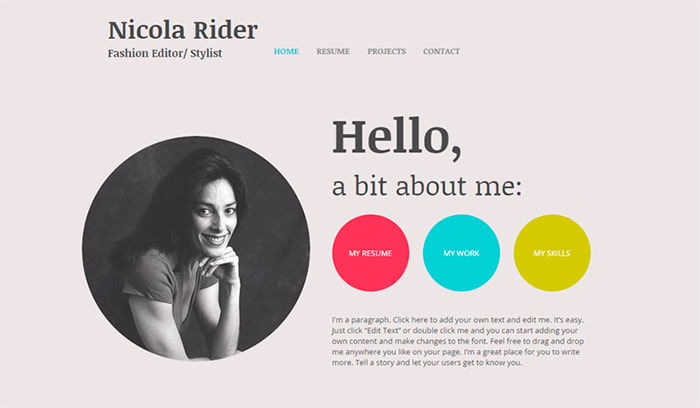For many years WordPress has been staying one of the most popular and widely used blogging platforms, website building tools and content management systems. Thanks to its flexibility and ease of use, it is suitable for creating almost any type of website, and blog is just one of the possible variants.
If you run a business and you’ve created a business card or a corporate website for promoting your products or services, it probably also includes a blog section where you can share the updates concerning your new product releases, some sell-outs, events, campaigns, etc.
Sometimes such blogs are located on a subdomain, so, for instance, if you run a myproducts.com website, you can have a blog on blog.myproducts.com. In this case, it’s especially important to make your blog a reflection of your main website dedicated to your brand.
Here are a few key tips on how to make your blog associated with your brand.
1. Include a Logo

We guess it goes without saying that your branded blog should include your unique logo. For better navigation, logos are usually placed on the left side of a web-page.
Your logo is a design which indicates the essence of your brand, so it should become a sign which will show the connection between your business website and your blog.
2. Preserve Colors

Of course your brand identity consists of a certain color palette. This is what you use for your business cards, corporate envelopes, notebooks, packaging, etc. Your official website consists of your branded colors, and this is what makes it recognizable.
As you’ve probably understood, it’s important to keep the same color palette at your blog if you want to associate it with your brand.
3. Reflect Your Tone

Every brand has their own tone they use in advertisements and any materials for communication. Your social media, promotional and printed materials also reflect the way you communicate with your customers, so your blog should be made in the same style.
The language you speak with your reader should be similar to that you speak with your customer.
4. Select Proper Imagery

Using quality images and photos is as important as creating a relevant content on your official website. Images play the role of visual appeal and they are the first to attract users’ attention once they enter a website.
It’s important to carefully choose your imagery and monitor its quality both on the official website of your brand and on your blog. You can also try to use stock images for your posts; they are available either for free or on a paid for basis.
5. Use a Memorable Blavatar
![]()
Blavatar is an image located in the tab of a browser near the website address. This is the same as favicon (the favorite icon) which indicates the website you are currently browsing.
The blavatar is an efficient way of displaying your brand’s logo in the tab of a browser, so even if a user opens several tabs, they will be always able to recognize your blog and come back to your web-page. Your task is to make it as memorable and appealing as possible.
6. Treat Your Blog Name Seriously

A thoughtful approach to creating a name for your blog should be compulsory. The name should be relevant and associated with the main website and the overall brand. It should also reflect the essence of what you do (products you sell, services you provide or promote, etc).
7. Link to Your Portfolio

If your business is connected with creation, for instance you design themes, flyers, graphics, or anything else, you’ve probably managed to launch your comprehensive online portfolio. So if you’d like to associate a blog with your portfolio website, you can link it to your portfolio to allow your readers estimate your art and leave a feedback.
This is also a great way to receive more traffic to your portfolio website and find potential clients.
Conclusion:
Are there any more ways to connect your blog with your brand? Please share your own ideas with us. We’ll be happy to discuss them in the comments.





